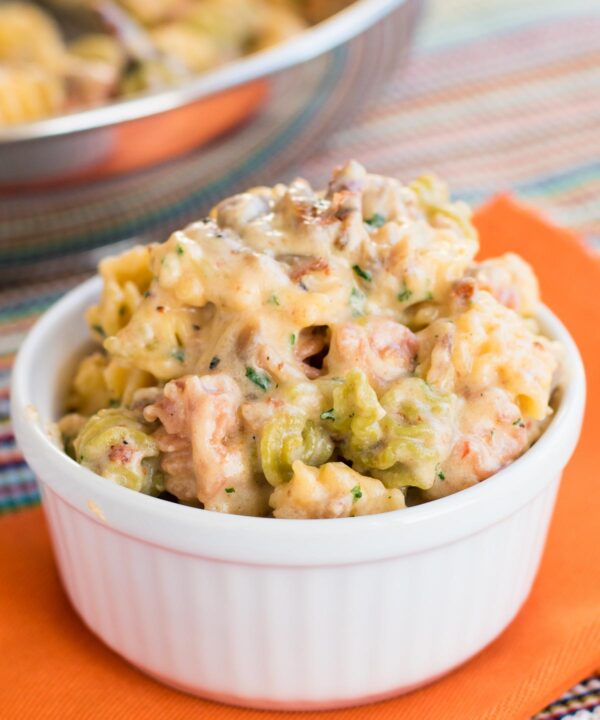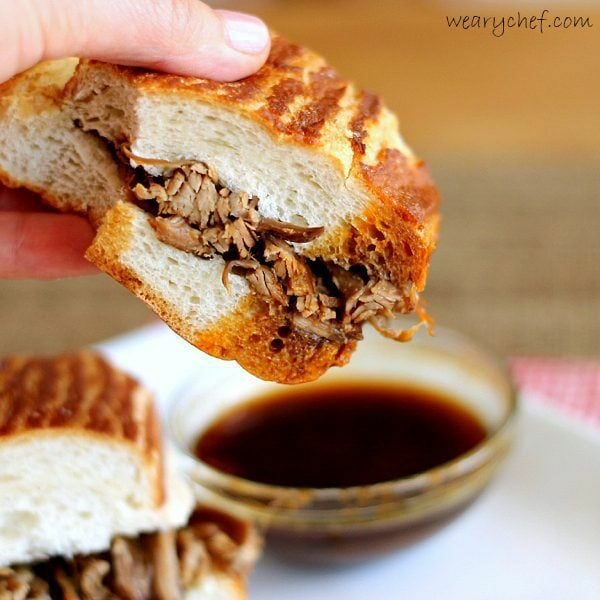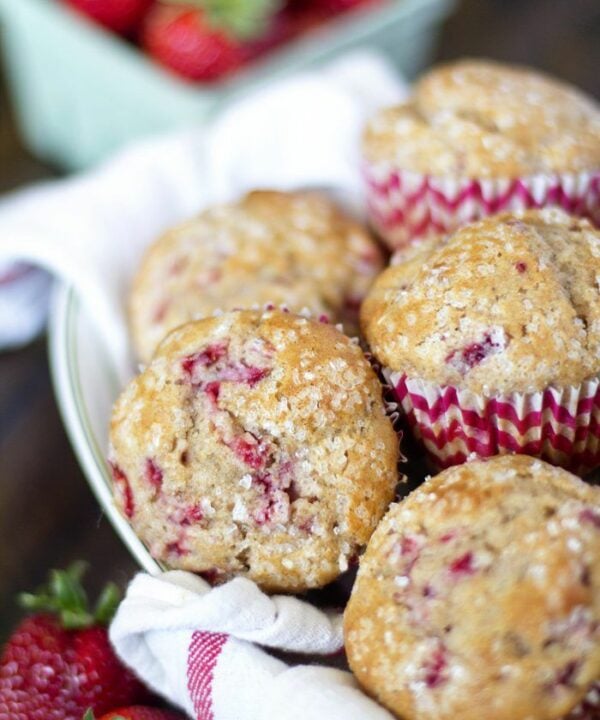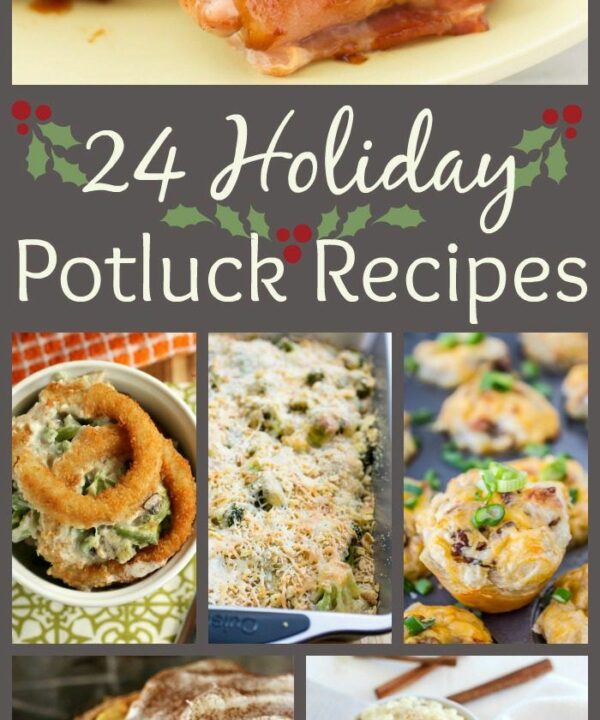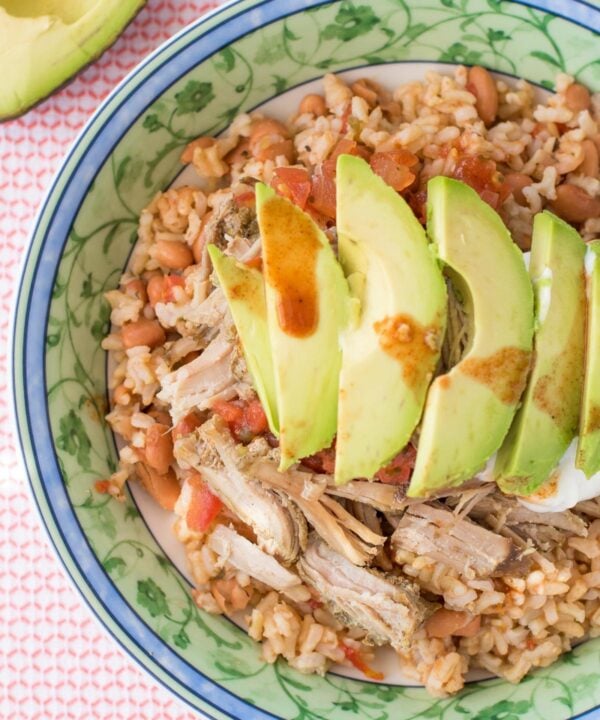Known for its creamy goodness that melts in your mouth and elevates any type of recipe, butter is a combination of fat and proteins that are produced from continuously churning the cream of milk until the fat particles of the milk get separated from the liquid portion of it1. This emulsion turns into a semi-solid at room temperature, solid when put in a refrigerator or a freezer, and liquid when it is subjected to heat.
Facts About Butter
- To qualify as butter, this should consist of at least 80% Fat.
- Melting Point: at 98.6℉.
- Smoking Point: at 350℉.
- Clarified Butter has a much higher Smoking Point: at 486℉.
- Clarified Butter is Butterfat only, or butter with the Milk Solids removed
- Storage: Room Temperature, Refrigerator, or Freezer
- Shelf Life: 1 to 3 months if stored in the fridge; 1 year if stored in the freezer
What’s the Difference Between Butter and Margarine?
Margarine is made from extracted plant oils while butter is purely made from cow’s milk. Butter has higher levels of saturated fat, and frequent consumption of this could be associated with high cholesterol. However, some margarines are high in trans fats and others are high in unsaturated fats so it is always good to double check labels before deciding. If you are strictly considering health implications Olive Oil is a great option.
With regards to their taste, butter has a softer and creamier taste when incorporated into cooking and baking. It creates this melts-in-your-mouth goodness because it has a lower melting point. On the other hand, margarine and vegetable oil based spreads have a milder flavor when used and it could leave a greasy taste because it doesn’t melt at the same temperature as butter.
Different Types of Butter
There are different types of butter in the market that are specifically made for your cooking and baking needs. You have the plain or unsalted butter that you can use for cooking and baking; then there’s salted butter where about ¼ tbsp of salt is added to 1 stick of the unsalted kind, and you can use this for your toast and veggies. You can also choose ghee or clarified butter which you can use for making sauces like hollandaise or making the roux used to thinken sauces or gumbos (dark roux). Another type is European-style butter which is widely used for baking because of its richer flavor. This type has a unique tangy flavor due to its higher milk fat content.
Uses of Butter
Butter has gained fame in both cooking and baking. If subjected to high heat, it gives a nutty flavor that best complements vegetables and meat. For savory dishes, we often use it in sauteeing vegetables, basting steaks, and cooking pasta.
In baking, we use it to help pastries rise and bind the ingredients together for structure. We also use it to make cookies, bread, puff pastries, and even the fillings and icings that we add to these baked goods.
How To Cook With Butter
Compared to other fats and oils that we use in cooking, the butter melts easily when cooked. Because of its low smoke point, we often add another form of cooking oil like olive oil, canola oil, or vegetable oil to prevent it from burning or use clarified butter.
If used in baking, room temperature is more commonly used as it could hold onto air when creaming it. If you want a denser, more cake-like structure, you can use warm or melted butter. You can also store your dough in the freezer first before putting it in the oven to make them firmer and to maintain their structure.
How To Purchase
You can buy butter in supermarkets, convenience stores, online stores, or straight from the farm. With a wide array of options, you can pick in accordance with what you are planning to cook.
You have the freedom to choose the quantity that you will need. If you have a recipe that you want to follow and it calls for 1 stick, you can get easily get one instead of buying the entire block. If you want to use it on your toast, you can go ahead and get the ones in a tub.
How To Store Butter
Storing butter will depend mostly on two things: how you would want to use it and your location. Many people store it at room temperature as it is easier for it to use on toast and in cooking, but if you live in a warmer climate, doing this will give you melted butter in the morning.
You can store your it in the fridge or in the freezer to solidify it and extend its shelf-life, and just take it out when you are planning to use it at room temperature if the recipe calls for it.
In terms of the container, some it comes in tubs, and there is no problem in keeping it in the paper packaging that comes with it. However, you can also use a crock or a ceramic dish if you want to ensure the freshness of your butter and to keep other insects away from it.
Substitutes
If you can’t get a hold of the real thing, you can use margarine or other commercially available oils if you need to use it in cooking. However, you should expect that the taste of the food will be less creamy and not as rich as if you were to use butter.
In terms of baking, you can use cheaper and more available options like vegetable shortening which is pure fat. If you need a vegan-friendly substitute, you can also use avocado or banana instead.
Top Recipes with Butter
Here are some of the top recipes from Weary Chef with creamy buttery goodness:
- Lemon Gooey Butter Cookies
- Lemon Butter Chicken with Asparagus – Lemon Butter Chicken with Asparagus
- Chocolate Peanut Butter Rice Krispie Treats
- Roasted Butternut Squash (Easy Video Recipe)
Sources
Harvard Health. Butter vs. margarine. Published January 29, 2020.
Islam, Mahbuba; Bełkowska, Liliana; Konieczny, Piotr; Fornal, Emilia; and Tomaszewska-Gras, Jolanta (2022) “Differential scanning calorimetry for authentication of edible fats and oils – What can we learn from the past to face the current challenges?,” Journal of Food and Drug Analysis: Vol. 30 : Iss. 2 , Article 2.
P. Morin, Y. Pouliot, R. Jiménez-Flores, A comparative study of the fractionation of regular buttermilk and whey buttermilk by microfiltration, Journal of Food Engineering, Volume 77, Issue 3, 2006, Pages 521-528, ISSN 0260-8774, https://doi.org/10.1016/j.jfoodeng.2005.06.065.
